The most fabulous moment in brand naming history?
Written by brand naming experts and brand identity specialists, Simon Andrew and Phil Ramsell, joint founders of Sticky Name Design . Both are creative directors and native English copywriters based in Germany.
In the early 1950s, Max Factor asked Salvador Dali to create both the brand name and bottle design for their latest perfume.
Dali accepted the job.
The launch date was set.
A considerable sum was settled upon.
That out of the way, Dali got busy making his client’s life hell.
He took no interest in things that concern ordinary marketing folk.
Did he want to understand the product? Nope.
Target audience? Nope.
Marketing channels and merchandising? Not really.
He refused to meet with the client.
Much less share any ideas.
No name. No perfume bottle. Nothing.
The launch date drew nearer.
Dali brushed off the client’s increasingly desperate pleas for evidence of progress.
Something? Anything?
Dali simply passed on assurances that everything would be alright on the night.
And then he dropped from sight.
Incommunicado.
Why did the client not simply pull the plug?
Perhaps it was blind faith in Dali’s formidable creative reputation.
Or an unmovable launch date, huge sunk costs, and no time to come up with an alternative.
The client’s reasons are lost to history.
What is known is what happened some weeks later.
The appointed night of the launch arrived.
The world's press gathered in a glittering banquet hall at New York’s famed Astoria Hotel.
Pencils sharp. Old-school flashbulbs at the ready.
No sign of Dali, though.
The members of the press became increasingly restless.
Still no sign of Dali.
Still no…
Eventually, he arrived. An hour late.
He had nothing on him, except evening clothes and his trademark moustache.
No perfume bottle in sight.
Who knew what was going through the client’s mind as Dali strode to the front of the room?
Panic? Awe? A bit of both?
The press shot questions at Dali, left and right.
Flashbulbs splashed magnesium-white-light all over him.
Reaching the front of the room, Dali turned and, magician-like, pulled a handkerchief from his dinner-jacket pocket, with a flourish.
He approached the photographer nearest him and asked if he could remove the freshly expended flashbulb from the man’s hand-held flash device.
The photographer, slack-jawed, nodded his assent.
Using his handkerchief, Dali extracted the flashbulb, still glowing hot.
Then he pressed the glass bulb gently against a table surface to flatten its top.
He paused a moment to give the hot glass a chance to cool.
Dali lifted the, now, bottle-shaped bulb to the assembled crowd and said:
"Ladies and Gentlemen, I give you Max Factor's Electrique!"
The greatest light-bulb moment in marketing history.
It’s clear from ads of the period, which you can find online, that the name was used by Max Factor.
However, there is no evidence of the flashbulb bottle design.
Perhaps it did not prove practical in reality.
The only other question that remains is, “Was the whole thing staged?”
We’ll likely never know.
Staged or not, the stunt was undoubtedly a “flash of brilliance”.


